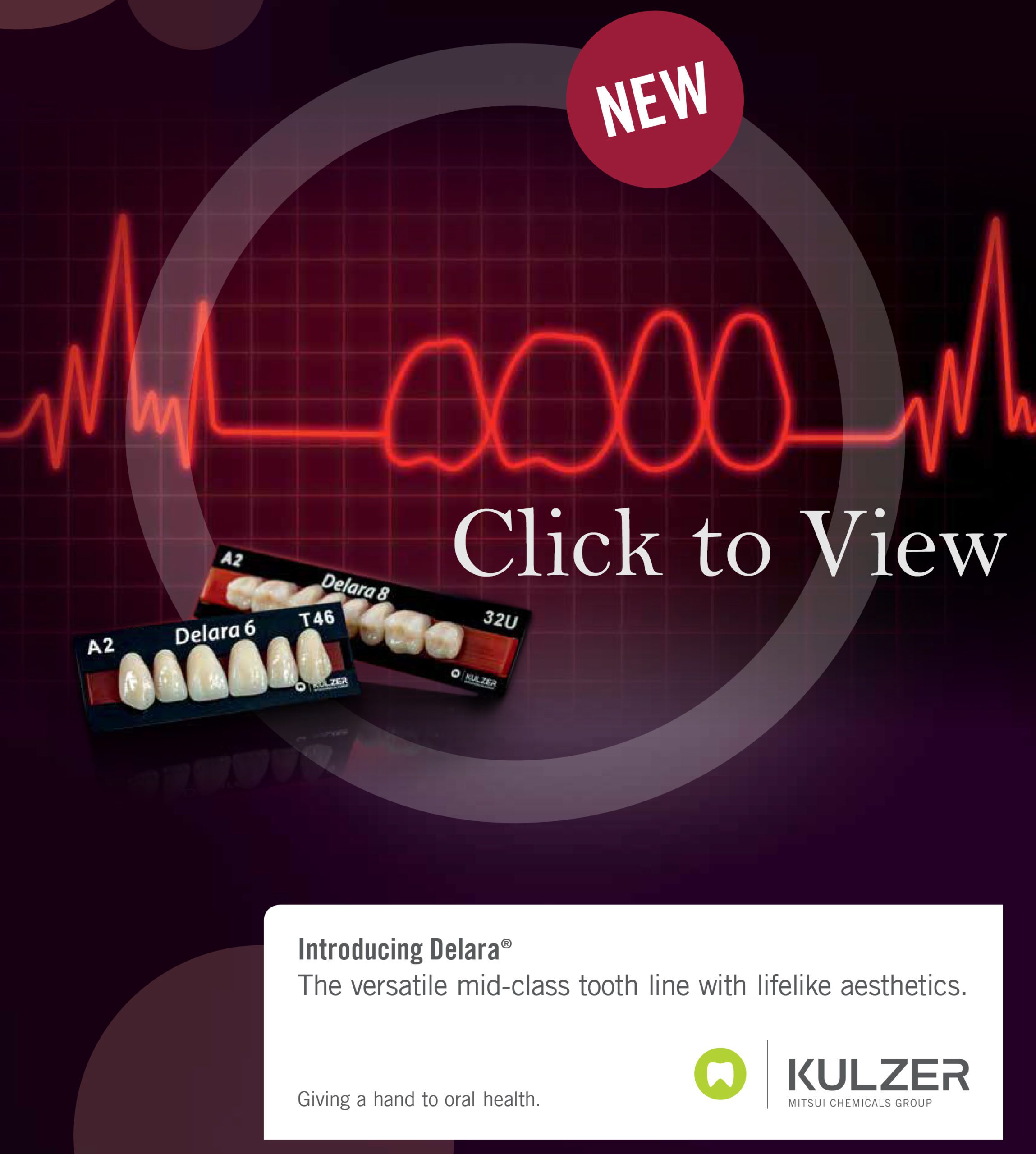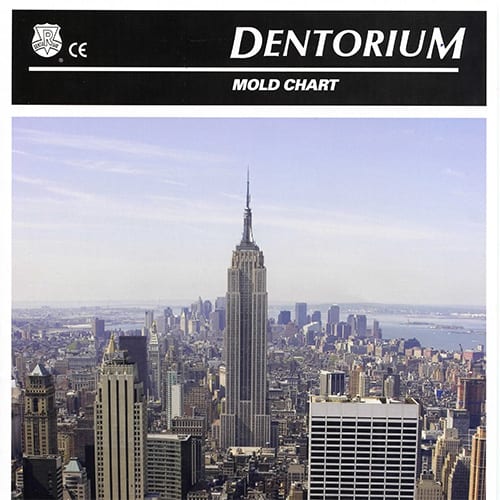Mold Charts – Porcelain and Acrylic Denture Teeth
Denture Teeth Mold Charts for Premium, Mid-Level and Economy Dentures
Porcelain and Acrylic Denture Teeth Mold Charts at Silcox Dental Supply
Dentures are custom manufactured prosthetic replacements for missing teeth that are removable from your mouth. Mold charts are available from different manufacturers of artificial teeth and used by dental technicians to choose teeth based on material and price range. Available warranty may vary by manufacturer. Porcelain and acrylic are the most common materials used in the construction of denture teeth. The translucency and hardness of porcelain are a close match for natural teeth. Acrylic has become more common, especially for partial dentures. But, porcelain is often still used for full dentures since it can wear down your natural teeth.
Acrylic teeth are easier to secure to the denture base material and are easier to adjust to achieve the proper occlusion, which is how your teeth fit together when you bite down. Dentures using Acrylic Teeth are lighter and not as fragile as porcelain but wear down quicker. Acrylic dentures should be replaced every five to eight years. Otherwise, your occlusion could be affected, which can lead to irritation and abrasion of the gums. Mastication (chewing) is the most common cause of denture wear.
Denture Fitting and Manufacture
In order to make your dentures, your dental professional will take an impression of your teeth and/or gums, which will be used to make a mold. The mold is used to create a wax model which will be the basis of the final denture. Proper fit is crucial to prevent discomfort in the buccal (cheek) and lingual (tongue) areas or affect articulation. A dental technician will use the average width and size of your teeth as a guide for your dentures so there is a perfect match. Even the natural shade of your teeth will be matched using a shade guide. This shade system provides a realistic look.
You will return to the dentist for an initial fitting of your new dentures with a wax model. Any changes or adjustments can be made easily in the wax model before the final denture is made. In the case of a partial denture, the dentist will make sure that the distal and mesial surfaces (sides) of the natural teeth fit properly with the artificial teeth. The dental technician will place the upper anterior teeth first, followed by lower anterior teeth, and then the set of upper posterior teeth and lower posterior teeth. The final product is made using pink acrylic to approximate the appearance of your gums, if necessary. The dental technician performs shade selection beforehand to make sure it’s a good match. After a few hours of curing time, the dental technician will use tools to refine the shape and tooth line.
With all of these options, dentists can provide you with dentures that are more lifelike than ever before, and mold charts help select teeth for your new dentures. Silcox Dental offers prosthetic dentition, both anterior and posterior teeth, from these manufacturers:
-
Mondial
The first teeth to feature NanoPearls technology and feature high abrasion resistance.
-
Artic
Economically priced and available in 33 anterior molds, 22 posterior molds, and 16 shades.
-
Delara
Lifelike aesthetics and optimized incisal edge at a great value.
-
Justi Imperial
Over 50 years of experience in the business of artificial resin teeth.
-
Dentorium
Quality and performance at an affordable price, with 42 anterior molds, 19 posterior molds, and 11 shades.
-
Ceraform Porcelain Teeth
European and American technology combine to make the highest quality porcelain teeth available.






